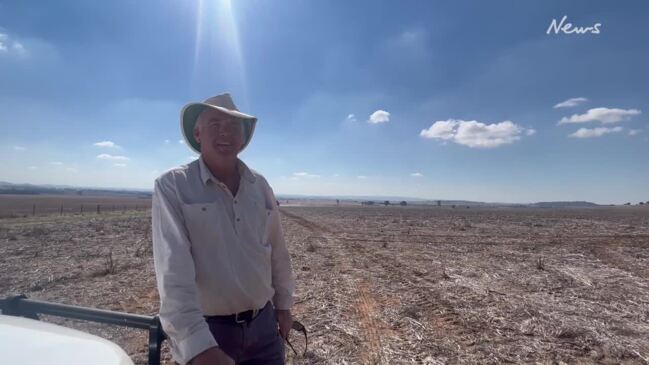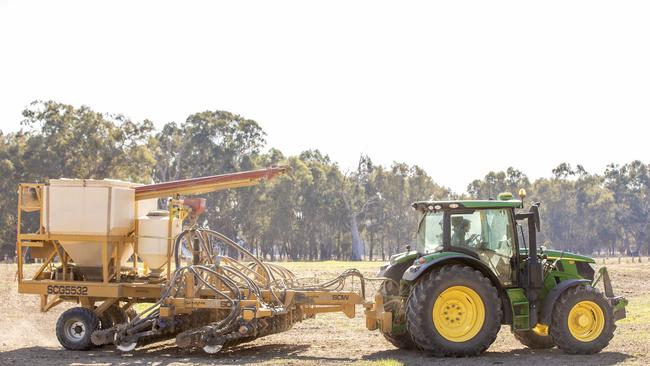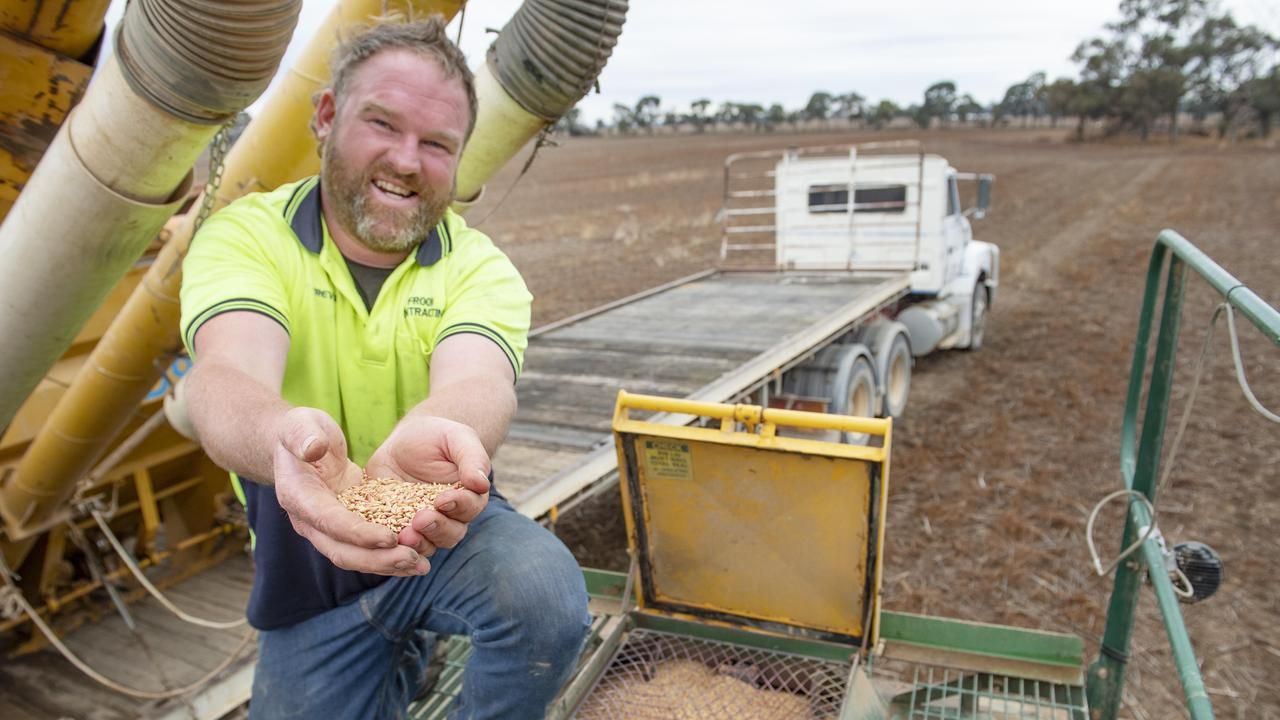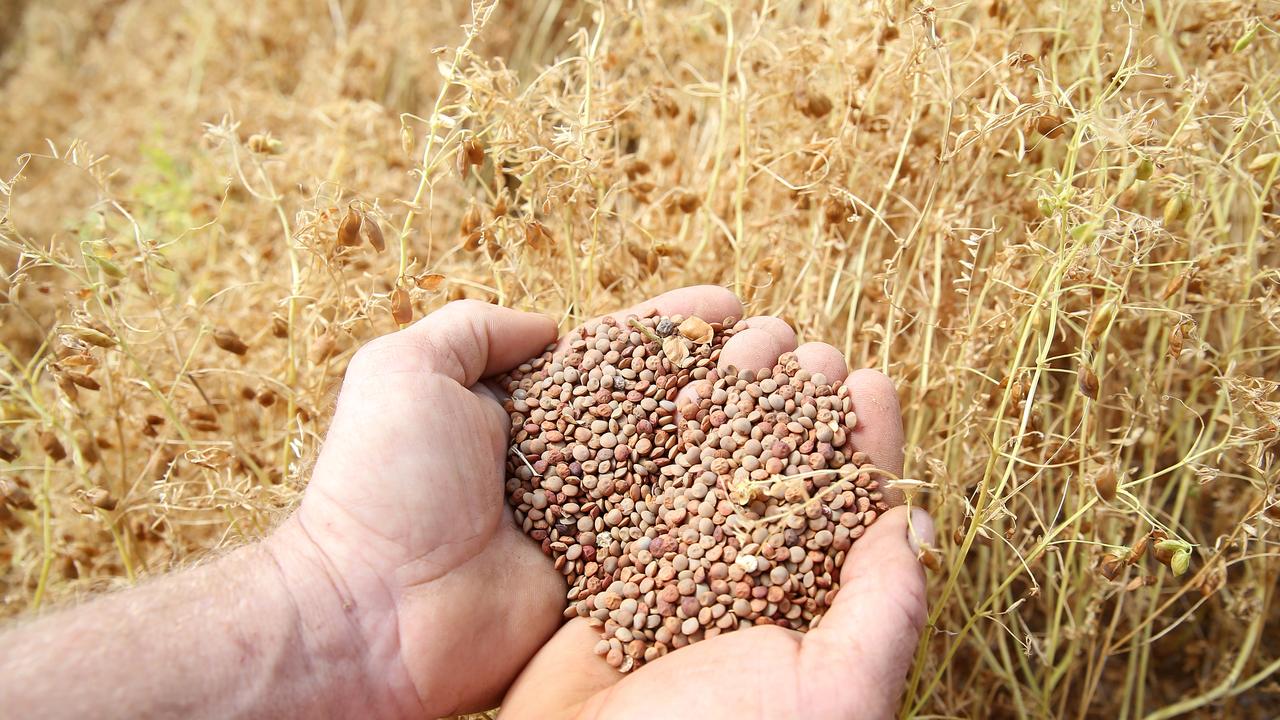Farmers weigh risks and rewards of late sowing
Farmers are weighing up whether to late sow or re-sow winter crops with up to 20mm of rain forecast for some parts.

Victorian farmers are facing tough decisions on whether to late or re-sow winter crops, as forecasts tip up to 20mm of rain in parts of the state this weekend.
Farmers gathered virtually during the Grains Research and Development Corporation late seeding online update on Friday to hear producers and agronomists discuss how to decide whether it was worth taking the risk to re-sow or simply sow late.
South Australian farmer Barry Mudge, at Port Germein, said there were definite yield penalties in sowing late that needed to be considered when calculating the actual overall cost of sowing against potential reward.
He didn’t rule out leaving paddocks as fallow in a year such as this and said it could possibly help store moisture for the next crop.
“We have come out of a generally poor season in 2024 and we have low soil water and there are financial stresses on businesses,” he said.

Mr Mudge was 85 per cent through sowing but was considering “whether I can get my costs back with late-sown crops”.
“There is a very real chance of negative gross margins, it is just a matter of knowing what that percentage is,” he said.
His property received 6mm of rain on Thursday and he hoped for more rain at the weekend.
Tatyoon mixed farmer and agronomist Craig Drum said water efficiency was a main limiting factor for farmers at the moment.
He said most of the canola had been sown dry in his area and while he accepted there may be instances of paddocks left to fallow, rotational options were needed too.
He said there was a period during the 2006 to 2008 droughts when farmers “farmed themselves into a corner”.
“By the time we got around to 2009 and when it rained, we had nowhere to go,” he said.
“Across my client base we have seen (planting) of canola diminish in the area and we are past the optimal flowering period.”
Agronomist Jeff Braun of Greenwith, South Australia, said farmers could lose yields of 200kg to 250kg a week sowing after the optimum seeding date of May.




